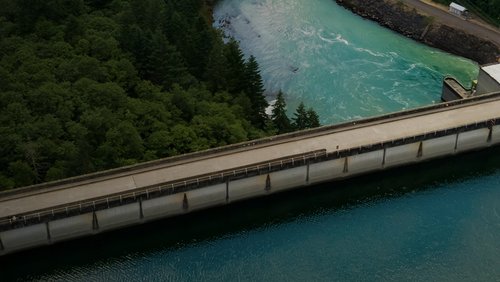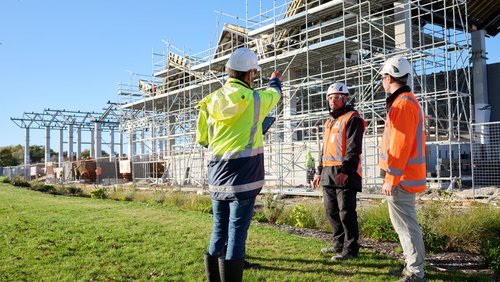10 Feb 2022
Structural engineers doing residential work are frequently asked to provide geotechnical engineering input. Often, this work is within the bounds of our competence and we can undertake it. But where do those bounds lie?
How does a client, architect or building consent authority (BCA) know what an average structural engineer is capable of undertaking?
A recent Disciplinary Committee decision found an engineer had acted beyond his competence and experience concerning geotechnical investigations, analysis and design.
His approach did not represent good engineering practice – the investigations he undertook were insufficient and relied heavily on empirical solutions and third-party reports, prepared for other purposes. The engineer was censured, fined and ordered to pay costs.
This is not a new problem. More than a century ago in Dunedin, R A Lawson designed many schools, warehouses, commercial buildings and churches, some of which still stand today. But he also designed a psychiatric hospital on ground susceptible to landslides.
Structural defects appeared before the building was completed and a major slip rendered the northern wing uninhabitable. In 1888, he was found negligent and incompetent.
Most structural engineers don't undertake complex geotechnical work and therefore cannot be assessed in the area when they apply to become Chartered.
Te Ao Rangahau’s Registrar, Peter Lourie, says practice area descriptions and practice fields do not preclude an engineer from practising in other areas or fields of engineering.
Through self-regulation and an annual commitment to the Code of Ethical Conduct, a Chartered Professional Engineer is expected only to undertake work that they can complete successfully within their competence.
The confusion has led to some BCAs refusing to accept foundation work from structural engineers because of concerns those engineers are working outside of the bounds of their competence. That has led to multiple request for information (RFI) chains, and BCAs and clients laying complaints against engineers.
One BCA checking engineer says approximately half of all retaining walls raise substantial RFIs because the engineer has provided insufficient information for the design, or an inappropriate design approach.
Why is this problem occurring and what is the solution?
From speaking to engineers, BCAs, our Registrar and the complaints resolution team, the main drivers behind these problems are:
- pressure from clients to push the competence boundaries, and engineers being uncomfortable saying “no”
- lack of knowledge– you don’t know what you don’t know
- an attitude of “I’ve been doing this for years, who are you to tell me I’m wrong?”
To help support engineers, we’ve developed a tool in conjunction with the Engineering General Practitioners Group, the New Zealand Geotechnical Society and with input from various BCAs. It’s a one page flowchart that works through from the start of the design phase and moving onto the site.
We will be distributing the flowchart to BCAs, Architectural Designers New Zealand and the New Zealand Institute of Architects. We’ve deliberately made most of it interpretable by architects and BCAs.
The intent is a designer will be able to look at the site and their design and let their client know upfront when a geotechnical engineer will be required. This prepares the client to expect the additional fees and time taken to have the engineering design go through to consent.
Likewise, BCAs can use the tool to reduce confusion and put parameters in place for a consistent approach. In the words of a BCA checker, “This flowchart will be useful for structural and general practice engineers to recognise several different factors in their designs.
Firstly, do they have all of the information they might need? Reviews often find that the engineer has carried out insufficient desktop and site investigations even to undertake a design.
Secondly, this will help alert engineers where they’re getting into more complex situations and normalise getting a second opinion from an expert on their approach.”
While it won’t solve all the problems, it will stop a lot of them.
Download a copy of the geotechnical input flowchart here
Martin Pratchett MEngNZ is Engineering Practice Leader at Te Ao Rangahau.




